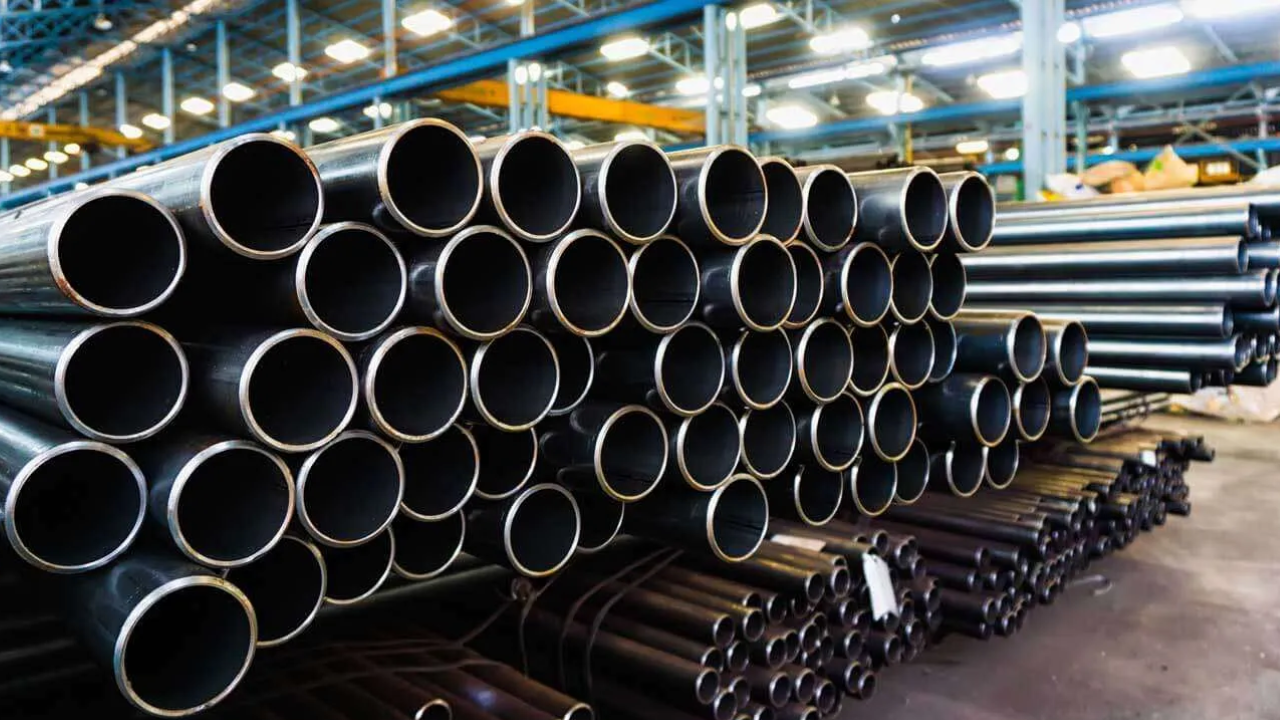API 5L remains a foundation in the oil and gas industry, giving rigid rules to the manufacture, testing, and utilization of line pipes. These pipes act as fundamental channels, conveying oil, gas, and water across immense distances. API 5L portrays different grades, each customized to satisfy explicit needs directed by factors like strain, temperature, and destructive conditions.
These pipes are intended to confront high tensions, destructive conditions, and different running circumstances experienced during the transportation of hydrocarbons. Compliance with api 5l principles guarantees the uprightness, security, and dependability of pipeline structures, adding to the efficient and practical activity of the oil and gas foundation.
Classification Of API 5L Pipelines based On Application
In this article, we discover the distinct classifications of API 5L pipelines based totally on application.
Onshore Pipelines
Onshore pipelines transport oil and fuel from production fields to processing facilities, refineries, and distribution facilities positioned on land. These pipelines usually traverse diverse terrains, together with deserts, forests, agricultural land, and urban regions. Onshore pipelines are similarly categorized based on elements, which include the form of hydrocarbons (crude oil, herbal fuel, or subtle products), the space of transportation, and environmental issues.
Gathering Pipelines
Amassing pipelines accumulate crude oil, natural gas, or different hydrocarbons from multiple manufacturing wells inside a particular area and deliver them to centralized processing centers or distribution factors. These pipelines are usually shorter in duration and perform at lower pressures as compared to transmission pipelines.
Transmission Pipelines
Transmission pipelines ship huge volumes of oil and gas over lengthy distances, often spanning hundreds or heaps of miles. Those pipelines perform at higher pressures to ensure the efficient transportation of hydrocarbons from manufacturing regions to refining facilities or export terminals. Transmission pipelines are vital additives to the power infrastructure, enabling the efficient movement of assets across substantial distances.
Offshore Pipelines
Offshore pipelines deliver oil and fuel from offshore manufacturing structures to onshore facilities or, without delay, to the marketplace through subsea export terminals. These pipelines are subjected to specific demanding situations, together with harsh environmental conditions, deepwater operations, and regulatory necessities particular to offshore drilling and manufacturing. Offshore pipelines are categorized primarily based on their area, water intensity, and the kind of hydrocarbons being transported.
Export Pipeline
Export pipelines ship oil and fuel from offshore production facilities without delay to the market through subsea export terminals or floating manufacturing systems. These pipelines may also navigate extensive distances all through the seabed and are intended to accommodate massive volumes of hydrocarbons at different tensions. Export pipelines assume a significant role in empowering the commercialization of seaward oil and gas resources and are dependent upon tough security, ecological, and administrative necessities.
Specialty Pipelines
In addition to traditional oil and gas pipelines, API 5L standards also cover strong point pipelines designed for unique applications or industries. These pipelines may additionally deliver non-hydrocarbon fluids consisting of water, chemical substances, or industrial gases. Areas of expertise: pipelines require customized design, materials, and construction strategies tailored to the particular characteristics of the transported fluid and the operating environment.
Water Pipelines
Water pipelines transport freshwater, treated wastewater, or commercial water for numerous packages, which include municipal delivery, irrigation, mining operations, and business approaches. Those pipelines may be constructed using API 5L materials or opportunity substances, including ductile iron or p.C, depending on elements including water exceptional, pressure necessities, and regulatory standards.
Chemical Pipelines
Chemical pipelines transport corrosive chemical compounds for commercial processing, production, or distribution. These pipelines require specialized substances and corrosion safety measures to prevent leaks, spills, and environmental infections. API 5L standards provide guidelines for the layout, materials, and production of chemical pipelines to ensure protection, reliability, and environmental compliance.
Summary
API 5L pipelines are labeled based totally on their utility, encompassing a huge variety of onshore, offshore, and specialty pipelines designed to move oil, gas, water, chemical substances, and other fluids. Using these classifications and adhering to enterprise standards and quality practices, operators can ensure the secure, efficient, and environmentally accountable operation of API 5L pipelines across diverse programs and running environments.

Clare
Clare is a digital marketing consultant focused on the Society blog. He shares articles to promote them on various social media platforms, including LinkedIn, Google+, and Pinterest.